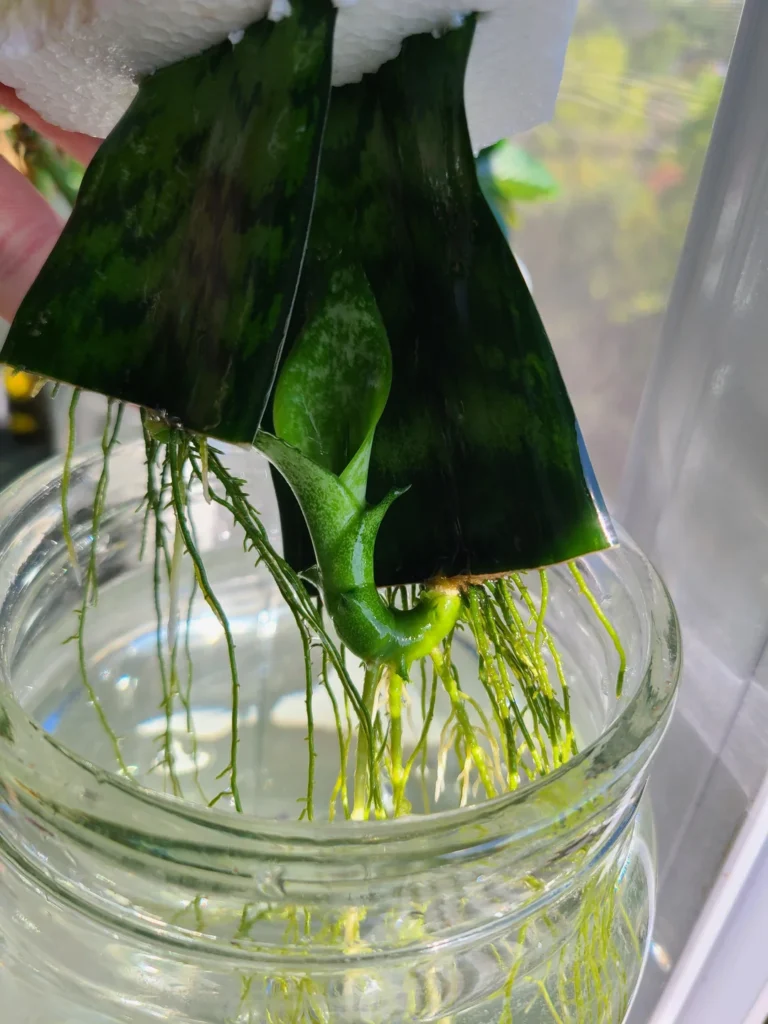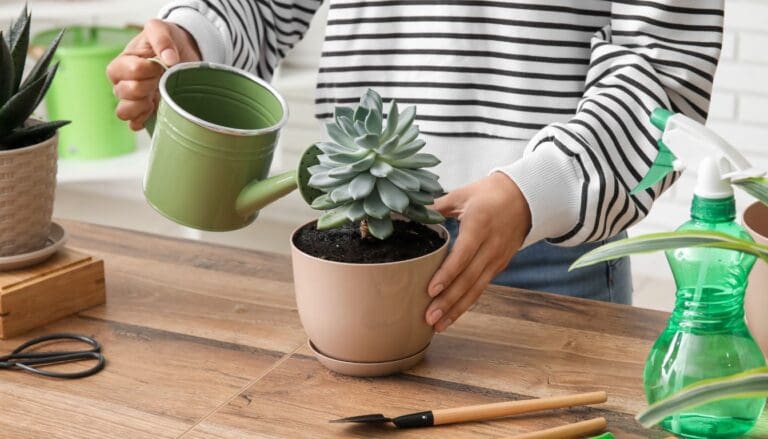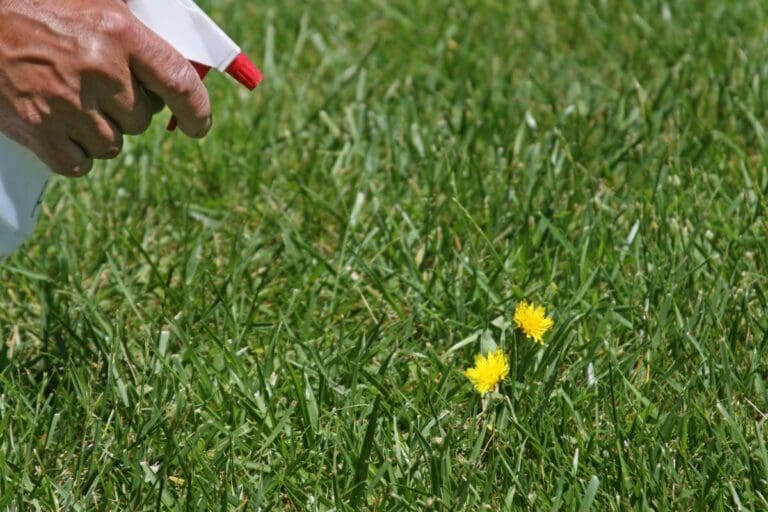10 Reasons Your Plants May Be Dropping Leaves This Fall
I’ve noticed my houseplants and garden plants often start losing leaves in the fall, and honestly, it’s sometimes tough to know why.
Figuring out the reasons behind leaf drop has helped me keep my plants happier and less stressed out.
Every plant owner wants to see their plants do well, no matter the season.
I’ve pulled together some of the most common reasons for leaf loss right now, just so I can catch issues early and give my plants what they need.
Please note: Simplify Plants is reader-supported. As an Amazon Associate, I earn from qualifying purchases made by our readers with no extra cost added to you all! Some links in the post are affiliate links and I get a commission from purchases made through links in the post.
1) Temperature Drops Trigger Leaf Drop

When the weather turns cooler, my plants sometimes start shedding leaves. This is a normal response to lower temperatures.
Many plants notice the change and begin getting ready for winter. I’ve realized they drop leaves to save energy.
Cooler air means less sunlight and slower growth. With less light, plants just don’t need as many leaves.
If my home gets chilly at night or there’s a sudden cold snap, I’ll often find more leaves on the floor. Even indoor plants react to drafts or open windows.
Some houseplants might drop leaves if they’re near doors that let in cool air. I try to keep my plants away from spots where the temperature changes quickly.
Steady temperatures help stop sudden leaf drops. Using curtains or moving plants away from drafty spots seems to help.
When leaves drop, I check if my plant is otherwise healthy. If the stems are still green and strong, it’s probably just a reaction to the temperature.
This kind of leaf fall usually isn’t harmful and is part of the plant’s natural rhythm.
Keeping an eye on the thermometer and placing plants in stable areas really can reduce leaf drop in the fall. Even a couple degrees can make a difference for some finicky plants.
2) Dry Indoor Air Stresses Plants
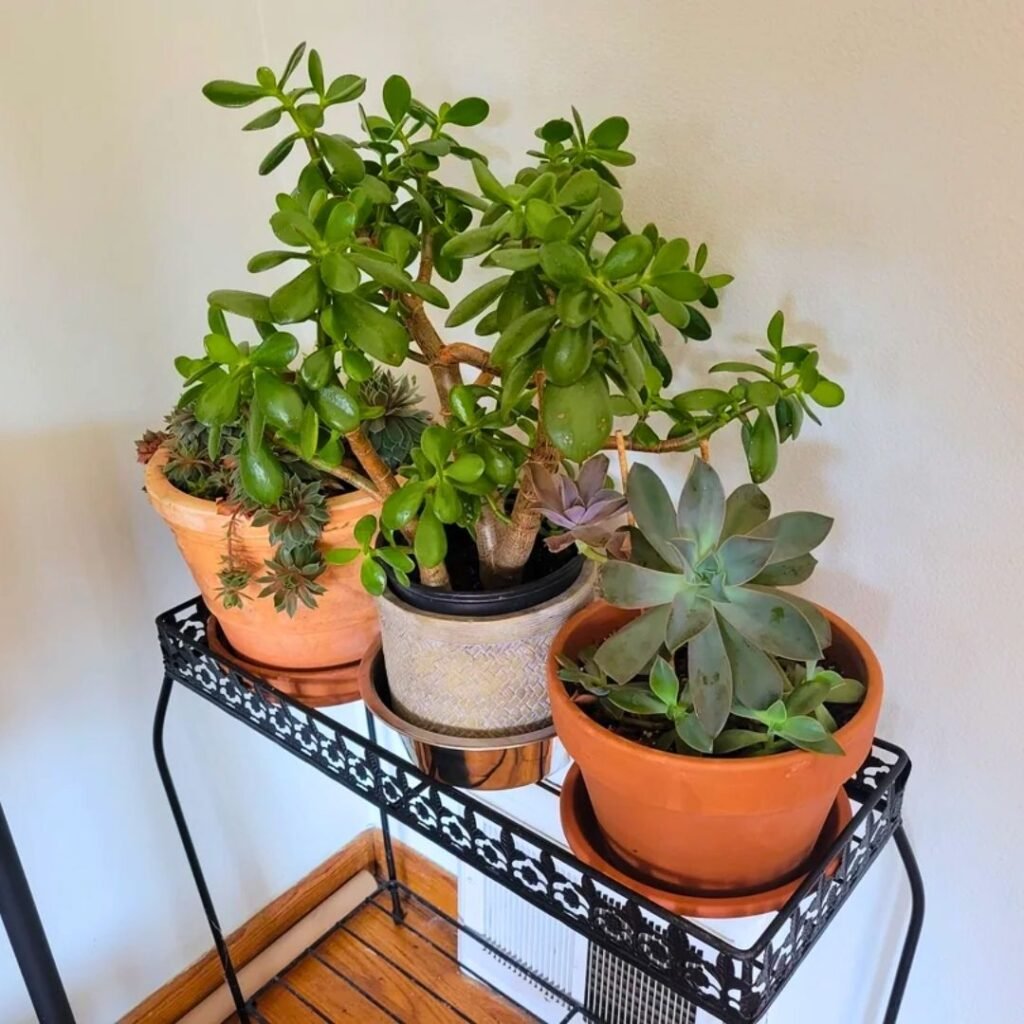
When I bring my plants inside for fall, the air always feels so much drier. Most homes use heaters in cooler weather, and heaters pull moisture out of the air.
Dry air makes my plants lose more water through their leaves. Some, especially tropical types, aren’t fans of this and start dropping leaves.
I can actually feel how dry the air is on my own skin, and my plants feel it too. Their leaf edges get brown and crispy.
This means they’re thirsty, even if the soil is still a bit damp. I like to use a small humidifier near my plants to add more moisture to the air.
Sometimes, misting the leaves in the morning helps a bit. Grouping my plants together is another trick I use.
When plants are close, they kind of share moisture and create a more humid environment. This can help slow down leaf drop.
I also check that my heating vents aren’t blasting dry air right at my plants. Keeping them away from fans and vents helps a lot.
If I see leaves falling, I try not to freak out. I just watch the humidity and adjust my care as the weather changes.
A little extra attention with dry indoor air can make a real difference.
3) Overwatering Causes Root Rot

I’ve learned that overwatering is a common mistake for plant lovers like me. It’s tempting to think more water is better, but that’s not always true.
When I overdo it, the soil stays soggy way too long. This makes it hard for roots to breathe.
Roots need oxygen to stay healthy. Without it, they can start to rot.
Root rot is a serious problem. If the roots rot, they can’t take up water or nutrients, so the plant drops leaves to survive.
I check the soil before watering. If the top inch is still damp, I wait.
Yellow, soft leaves are a sign I’ve probably watered too much. A sour or musty smell from the soil is another clue—roots might already be in trouble.
If I notice that smell, I know it’s time to take quick action. Well-draining pots and soil help prevent root rot.
I always pick pots with drainage holes and never let them sit in water. This keeps the roots happier.
Paying attention to my watering schedule and adjusting as the season changes is key, especially as fall brings cooler temps.
Learning from my mistakes has made me a better plant parent. By watching for signs of overwatering, I give my plants a real shot at thriving.
4) Underwatering Leads to Leaf Loss

When I forget to water my plants, they start dropping leaves pretty quickly. Plants need enough water to keep their leaves healthy and strong.
If the soil dries out, roots just can’t get what they need. That’s when leaves turn yellow or brown and drop off.
Some plants are fussier about water than others. I’ve found that ferns wilt fast if I let the soil dry out, but succulents can handle a bit of drought—though even they’ll drop leaves if ignored too long.
Leaf loss from underwatering is common in fall because indoor heating dries out the air and soil faster. I always poke my finger into the soil to check.
If it’s dry a couple inches down, it’s time to water. When I do water, I make sure to give them a proper drink.
Just sprinkling a little on top doesn’t cut it. Deep, even watering helps prevent leaf drop.
Over time, I’ve realized it’s better to stick to a watering routine that fits each plant. Some need water once a week, others more or less.
I try not to wait until leaves start dropping. By keeping an eye on the soil and my plants, I can avoid losing leaves to dryness.
Healthy watering habits really pay off.
5) Shorter Daylight Hours Signal Dormancy
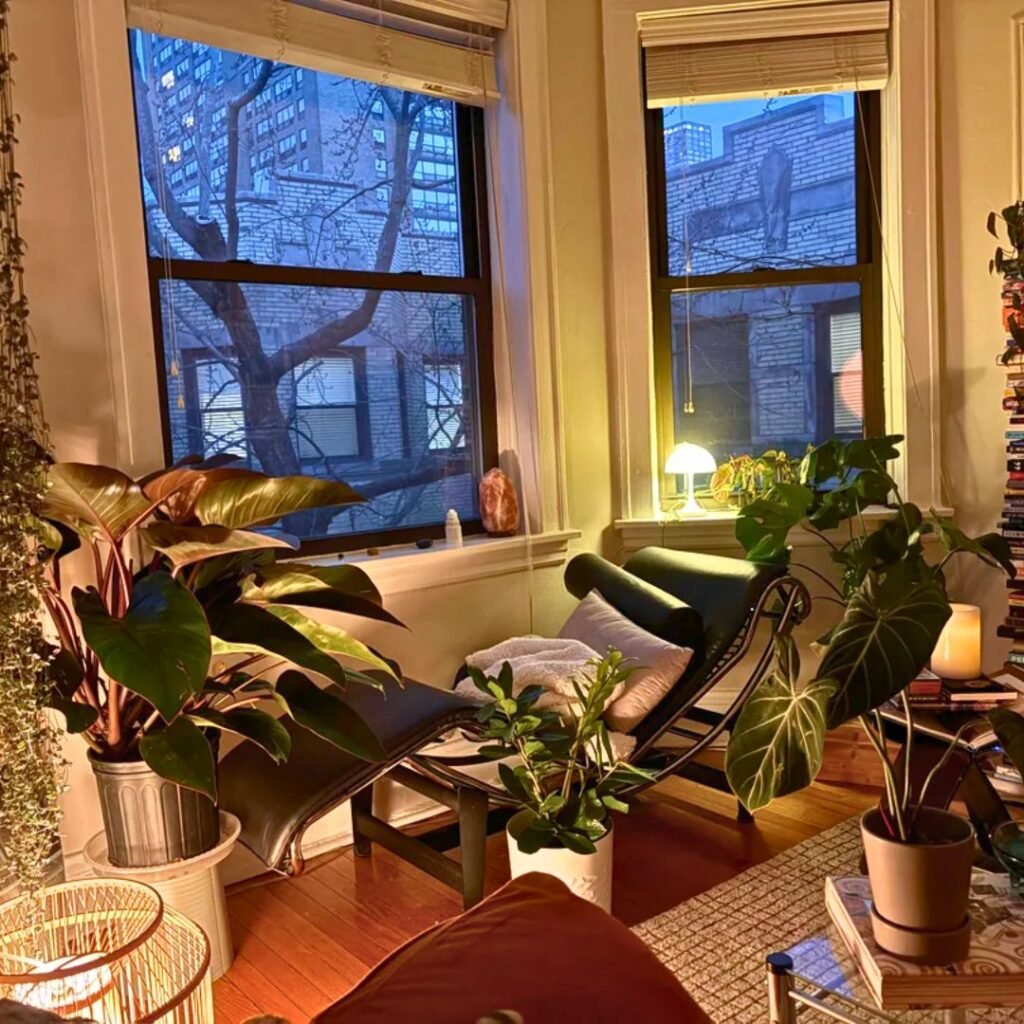
As days get shorter in the fall, I see my plants dropping more leaves. It’s a normal reaction to the change in light.
Plants can sense when there are fewer daylight hours. When my plants get less light, they start preparing for dormancy.
Dormancy is kind of like a deep rest for plants. They slow down their growth and need less energy.
I see this especially with houseplants by windows. Even a few hours less sunlight can make a difference.
Dropping leaves helps the plant save water and energy when sunlight is scarce. Trees and shrubs do the same outdoors—they use shorter days as a signal that winter’s coming.
It’s good to remember this leaf drop isn’t usually a sign of sickness. It’s just the plant being smart.
I don’t panic if I see more leaves on the ground or floor as fall arrives. Sometimes I’ll move my plants closer to a sunny spot.
If that’s not possible, I just avoid overwatering since they need less water now.
Losing leaves due to shorter days is natural and part of my plants’ yearly cycle. It’s just how they adapt to the seasons.
6) Nutrient Deficiency Weakens Leaves

I’ve noticed when my plants don’t get enough nutrients, their leaves can turn yellow or fall off. A lack of important minerals, like nitrogen, magnesium, or iron, makes leaves weak.
When soil doesn’t offer enough food, plants really struggle to grow strong leaves. The leaves might be smaller, paler, or have brown edges.
Weak leaves are more likely to drop, especially as seasons shift. I check my soil and use plant food as needed.
If my plant’s leaves look thin or faded, I wonder if it’s missing nutrients. A balanced fertilizer can often fix things.
Sometimes, older leaves drop first because the plant is moving nutrients to new growth. If I spot this, I know it’s time for a little extra care.
Watering matters too. If the soil is too wet or too dry, plants can’t take up nutrients well.
I keep an eye on how my plant looks and feels so I can catch problems early. Making sure my plants have enough nutrients is one of the best ways to prevent leaf drop in the fall.
7) Pest Infestations Damage Foliage

I’ve seen how pests can quickly cause trouble for my plants in the fall. Tiny bugs like aphids, spider mites, and scale insects seem to show up just as the seasons shift.
When I spot leaves with holes, spots, or chewed edges, I start to suspect a pest problem. Some pests are so tiny I have to look really closely, especially under the leaves.
Sticky residue or tiny webs are also signs my plants are under attack. Sometimes I even notice little clusters of bugs around the stems.
If I ignore these pests, they suck the juice out of leaves or chew through them. That weakens my plants and leads to more leaf drop than usual.
To check for bugs, I’ll tap a leaf over white paper to see if anything falls off. If I find pests, I remove them by spraying with water, wiping the leaves, or using a gentle soap solution.
Acting early helps keep pest numbers down. I move sick plants away from healthy ones to stop pests from spreading.
I try to check my plants every week during fall. Regular checks mean I can catch problems before they get out of hand.
Some pests are sneaky or hide inside curled leaves, so I always look closely. Healthy, clean plants are less likely to have major pest issues.
A little bit of attention goes a long way in helping my plants keep their leaves this fall.
8) Fungal Diseases Accelerate Leaf Drop

I’ve noticed fungal diseases popping up on my plants when the weather turns cool and damp in the fall. Fungi like powdery mildew and leaf spot can sneak in before I even realize what’s happening.
These diseases weaken the leaves, making them yellow or brown. Sometimes I’ll spot fuzzy growth, little spots, or even a white powder coating the leaves.
Infected leaves just can’t make food for the plant like they should. The plant usually reacts by dropping those sick leaves to protect itself.
I try to keep an eye out for moist, shady corners in my yard. Fungi love spots where water lingers on leaves.
That’s why I water early in the day so the leaves have time to dry before night falls. If I catch a fungal problem early, I’ll snip off the worst leaves and try to keep the rest as dry as I can.
Good air movement around my plants really helps slow down the spread, too. Fungal diseases don’t always look the same, but the end result is often the same: more leaves dropping than I’d like.
Regular checks are a lifesaver. If I spot trouble signs quickly, I’ve got a better shot at saving more leaves and helping my plants bounce back.
9) Sudden Drafts Shock Plants
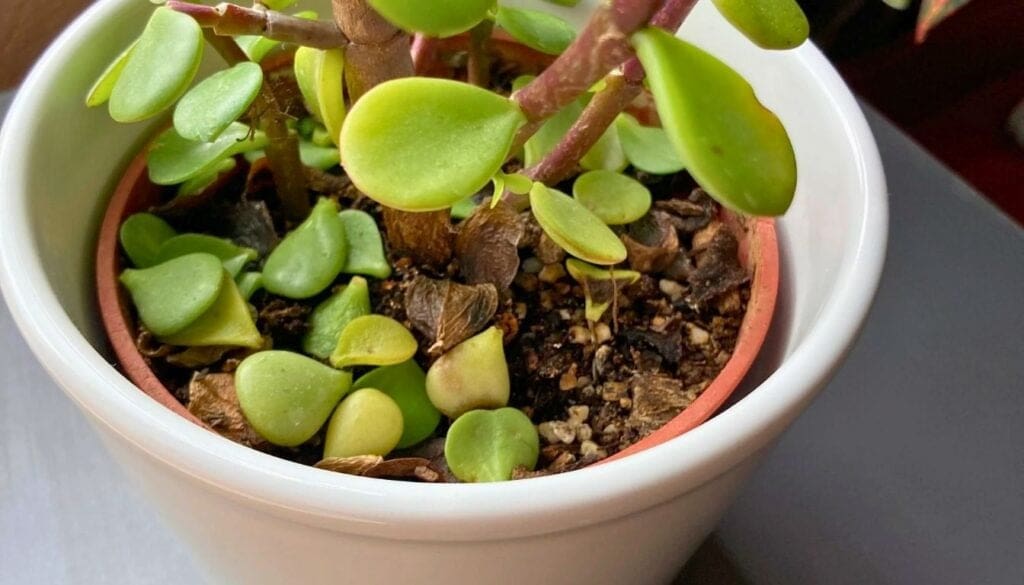
Sometimes I see my plants dropping leaves after I move them near a window or door. Turns out, sudden cold or hot drafts can really stress them out.
When cold air blows right onto a plant, it might think winter’s coming and start dropping leaves to protect itself. Even hot air from a heater can cause the same reaction.
I do my best to keep my plants away from vents, open windows, and busy doorways. That helps keep their environment steady and calm.
Even a quick blast of cold air can make leaves fall. Indoor plants love stable temperatures, and they can react pretty fast when that changes.
If I need to open a window, I’ll move my plants out of the way first. That tiny effort can really help prevent leaf drop.
Drafts are sneaky, but the results are obvious—a few dropped leaves might be a sign it’s time to move them somewhere less breezy.
Watching for sudden temperature changes near my plants has saved me a lot of headaches during the fall.
10) Transplant Shock from Recent Repotting
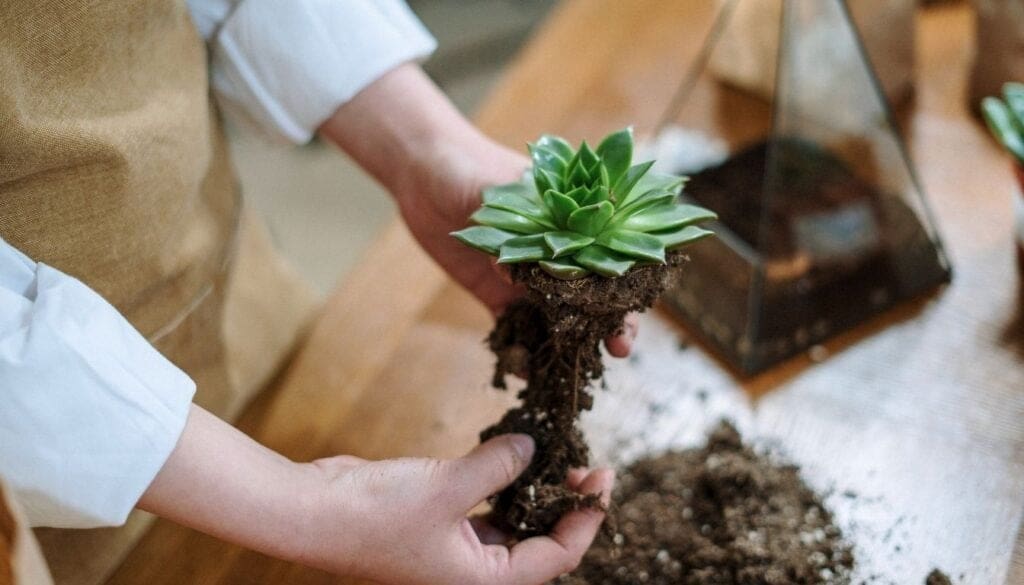
Whenever I repot my plants, I sometimes see leaves start to fall off. Transplant shock is a pretty common cause of leaf drop after repotting.
The roots get disturbed during the whole process. This stress can make the plant shed a few leaves as it tries to settle into its new home.
I always try to handle roots gently, but even small changes can upset my plant. It’s actually pretty normal to see a few leaves drop in the first week after repotting.
Sudden changes in temperature, light, or soil moisture can make things worse. I try to keep my plant somewhere with steady conditions after moving it.
I’m careful with watering after repotting. Too much or too little water just adds to the stress. Getting the watering right really helps the roots recover.
Giving the plant a little time and patience usually does the trick. Most of the time, if I care for them gently, my plants bounce back.
I also skip fertilizer right after repotting. Fertilizer can burn stressed roots, so I wait a few weeks before feeding again.
If my plant looks droopy, I resist the urge to move it again. Letting it settle and adjust is usually the best move.
Leaf drop from transplant shock is almost always temporary. With some patience and care, my plants usually start growing new leaves soon enough.
Understanding Leaf Drop in Autumn
Plants have their own ways of responding to fall weather, and sometimes losing leaves is just part of their normal routine. These changes happen because of temperature, sunlight, and the kind of plant I’m growing.
How Seasonal Changes Affect Plants
As fall rolls in and days get shorter, plants get less sunlight. That shift in light is a big reason leaves start dropping.
Cooler temperatures also tell plants to slow down. Sunlight and temperature changes are nature’s way of preparing plants for winter.
I usually see leaf drop as a sign the plant is protecting itself. Shedding leaves helps save water and energy when resources are running low.
Sometimes, changes in humidity or a little too much rain can add extra stress. If I’ve just moved a plant indoors or switched its spot, it might drop leaves until it settles in.
Deciduous vs. Evergreen Plant Behavior
Deciduous plants, like maples or oaks, drop all their leaves each fall. It’s totally normal. I’ve learned they do this to cut down on water loss and survive the cold months.
Evergreen plants, like pine or holly, keep most of their leaves year-round. They might lose a few older ones in the fall, but it’s nothing dramatic.
It’s pretty important to know what type of plant I have. That way, I can tell the difference between normal fall leaf drop and something that needs my attention.
Deciduous plants shedding leaves in autumn? Expected. But if evergreens start losing a lot, I know it’s time to check for problems.
Supporting Plant Health During Fall
I focus on just a couple main things to keep my plants healthy as the weather cools. The right care helps them adjust and hang onto more of their leaves.
Best Practices for Watering and Feeding
I’ve noticed my plants need less water as the days get shorter and cooler. I always check the soil before watering—if the top couple inches are dry, then I’ll give them a good soak.
Overwatering in fall can lead to root rot, so I’m careful not to let the soil stay soggy. For feeding, I ease up on fertilizer.
Most houseplants and garden plants slow down in fall, so I’ll use a low-nitrogen or half-strength fertilizer once a month, if that. Here’s what I try to remember:
- Check soil before watering.
- Use less fertilizer.
- Don’t let pots sit in water.
These steps help keep stress and leaf drop in check.
Protecting Plants from Sudden Temperature Shifts
Quick temperature drops can really shock plants. I keep an eye on weather forecasts in the fall, especially at night.
If frost is coming, I bring my potted plants inside or tuck them into a sheltered spot. For outdoor plants, I’ll cover them with old sheets or frost cloths at night.
I avoid placing my plants near drafty doors or windows. Sudden cold air is a leaf drop trigger for sure.
When moving houseplants inside, I let them adjust for a few days in a shady spot. That seems to help avoid shock.
Keeping plants safe from sudden chills really helps them hold onto their leaves and stay healthier.
Frequently Asked Questions
I get it—it’s tough seeing your plants lose leaves. Lots of things like temperature, dryness, and watering habits can be to blame.
What causes indoor plants to lose their leaves?
Dry indoor air, sudden temperature changes, and watering issues can all make leaves fall off.
Sometimes, plants are just reacting to less light or a change in season. If that’s the case, moving the plant to a brighter spot might help.
Is it normal for healthy leaves to suddenly drop from my plant?
It does happen, especially if I’ve just moved my plant or changed its environment. Sudden leaf drop usually means stress from temperature, drafts, or even a recent repotting.
Why do my plants start shedding leaves during winter?
Winter means shorter days and less sunlight. Plants get less energy and might drop leaves as they go dormant.
Indoor heating can also dry out the air, which just adds to the stress.
Should I be worried if green leaves are falling off my plant?
If green leaves fall, I check for overwatering, root rot, or underfeeding. Healthy leaves shouldn’t drop all the time.
If it’s just a few, it could be normal, but if it’s a lot, there’s probably something wrong.
How can I address my plant leaves turning brown before they fall off?
Brown leaves usually mean underwatering, low humidity, or too much sun. I make sure my plant gets enough water but not too much.
If my home’s air is dry, I’ll mist the leaves or use a humidifier.
What does it mean when leaves prematurely fall off a plant?
When leaves start dropping before their time, it usually means my plant’s not happy. Maybe it’s reacting to a sudden temperature swing, dry air, or—let’s be honest—maybe I messed up the watering.
I do my best to keep things stable. Sometimes I wonder if there are pests lurking or if the roots are having a rough time.
Recommended Garden Supplies
| Product Image | Our Recommended Gardening Supplies | Check Offers! |
|---|---|---|
Top Top
Top
Top
Top
Top
Top
Top
Top | rePotme Houseplant and Tropical Classic Potting Soil Mix | Check Offer On Amazon |
 Top
Top
Top
Top
Top
Top
Top
Top | Espoma Organic Indoor Plant Food | Check Offer On Amazon |
 Top
Top
Top
Top
Top
Top
Top
Top | GooingTop LED Grow Light 6000K Full Spectrum Clip Plant Growing Lamp | Check Offer On Amazon |
 Top
Top
Top
Top
Top
Top
Top
Top | Soil Moisture Meter | Check Offer On Amazon |
 Top
Top
Top
Top
Top
Top
Top
Top | Govee Hygrometer Thermometer, Bluetooth Enabled! | Check Offer On Amazon |
 Top
Top | LEVOIT Humidifiers for Large Room(Best For Plants) | Check Offer On Amazon |
 Top
Top
Top
Top
Top
Top
Top
Top | Upgraded DIY Automatic Drip Irrigation Kit, 15 Potted Houseplants Support | Check Offer On Amazon |
 Top
Top
Top
Top
Top
Top
Top
Top | Stainless Steel Heavy Duty Gardening Tool Set | Check Offer On Amazon |
 Top
Top
Top
Top
Top
Top
Top
Top | Bonide Insecticidal Soap | Check Offer On Amazon |
 Top
Top
Top
Top
Top
Top
Top
Top | Bonide 32 oz Spray Neem Oil for Organic Gardening | Check Offer On Amazon |
 Top
Top
Top
Top
Top
Top
Top
Top | Garden Safe Fungicide | Check Offer On Amazon |

